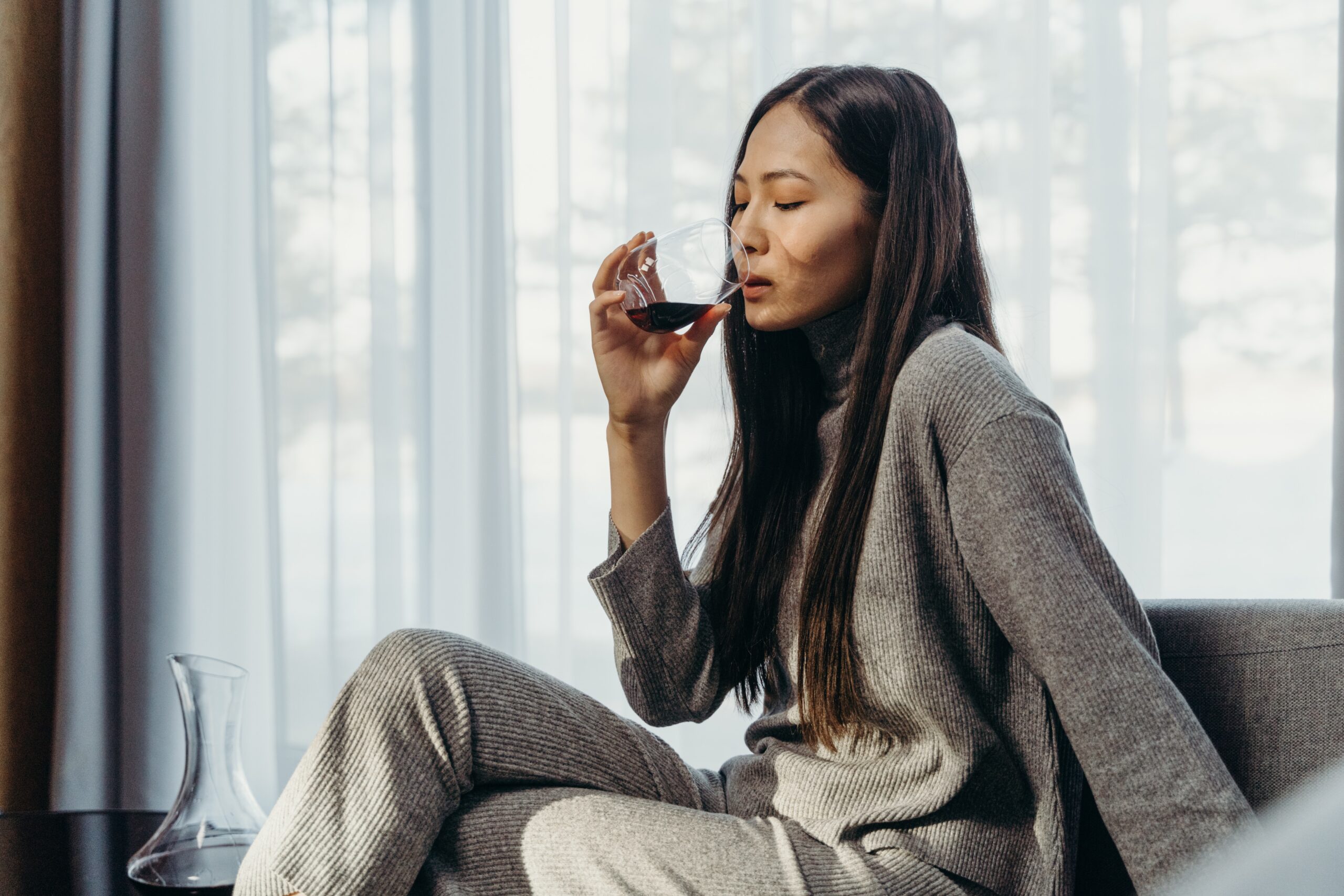The impacts of the COVID-19 pandemic can be seen across all industries, with the number of people accessing alcohol and other drug treatment surprisingly increasing.
The Australian Institute of Health and Welfare (AIHW) reported that during the pandemic, more than 130,000 Australians sought treatment for alcohol and other drugs, marking a 22 per cent increase over six years.
Despite distancing regulations and restrictions, many treatment services were able to adapt their practices by implementing telehealth and online services.
Of the 243,000 closed treatment episodes delivered throughout 2020–21, the most common were for counselling (38 percent), and assessments (20 percent).
The 4.5 percent increase from 2019-20 in counselling services can largely be accredited to accessibility and an increase in self-medicating.
By providing treatment through telehealth and online services; fewer people are missing appointments, there is reduced travel time, and people often feel more comfortable at home.
However, during the first wave of the pandemic, there was a 29 percent drop in rehabilitation treatment as many services struggled to comply with contact restrictions and in-person sessions.
Since residential rehabilitation was already subject to long wait lists, more services reported reduced capacity, making it harder for people to access residential treatment.
The vast majority of people were receiving treatment for their own drug or alcohol use, with only 7 percent receiving support for someone else’s drug or alcohol use.
Among clients receiving treatment for drugs, alcohol has consistently ranked first with 83,552 closed treatment episodes in 2020-21. This is an 11.4 percent increase in alcohol related treatments from 2019-20.
The ABS Household Impacts of COVID-19 Survey reported that throughout the pandemic, 14.4 percent of people reported an increase in alcohol consumption.
With many social interactions being placed on hold due to restrictions, it comes as no surprise that many people self-medicated or entertained themselves with alcohol during this time.
By contrast, the number of treatment episodes for amphetamines declined 10.9 percent in 2020–21 and heroin declined 7.6 percent.
Of those receiving treatment for their own drug or alcohol use, almost two-thirds (64 percent) were aged under 40.
The alcohol and other drug sector was significantly under-resourced and struggling to meet existing demand before COVID-19, yet this could point to a turnaround in the industry.
Call the National Alcohol and Other Drug Hotline at 1800 250 015 for help if you’re concerned about your own or another’s alcohol or other drug use.
You can also access support online through CounsellingOnline, Hello Sunday Morning and SMART Recovery.
(Featured Image: Cottonbro)

